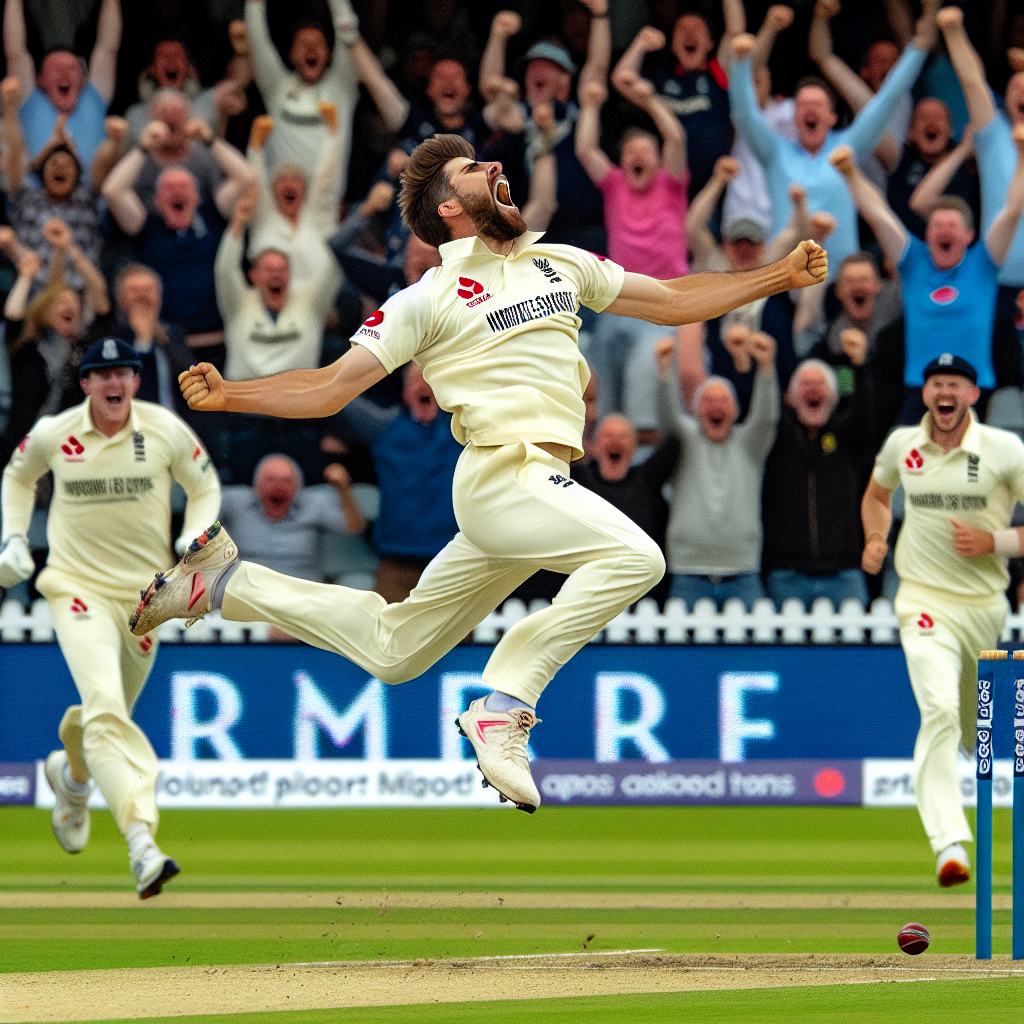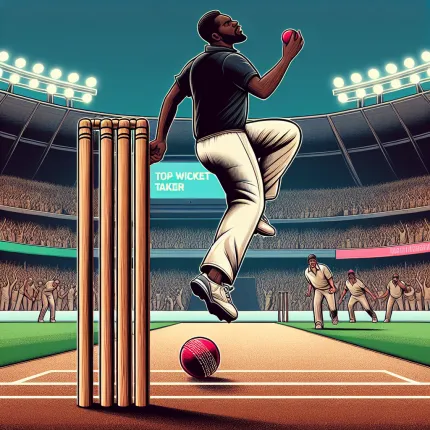
In the world of cricket, the title of "Top Wicket Taker" is one of the most prestigious accolades a bowler can achieve. It signifies not only skill and consistency but also the ability to perform under pressure and adapt to different conditions. This article explores the significance of this title, the legendary bowlers who have held it, and the factors that contribute to becoming a top wicket-taker in cricket.
The Importance of Wickets in Cricket
Wickets are the cornerstone of cricket. They are the primary means by which a bowling team can restrict the batting side's score and ultimately win matches. A wicket can change the momentum of a game, break partnerships, and create pressure on the batting team. Therefore, the role of a bowler in taking wickets is crucial to a team's success.
Impact on Match Outcomes
Wickets have a direct impact on the outcome of a match. A team that consistently takes wickets can control the flow of the game and limit the opposition's scoring opportunities. This is why bowlers who can take wickets regularly are highly valued in cricket.
Psychological Advantage
Taking wickets also provides a psychological advantage. It can demoralize the batting team and boost the confidence of the bowling side. A bowler who can instill fear in the minds of batsmen is a valuable asset to any team.
Legendary Top Wicket Takers in Cricket History
Over the years, several bowlers have etched their names in cricket history by becoming top wicket-takers. These players have not only excelled in their craft but have also left a lasting legacy in the sport.
Muttiah Muralitharan
Muttiah Muralitharan, the Sri Lankan spin wizard, holds the record for the most wickets in Test cricket. With 800 wickets in 133 matches, Muralitharan's unique bowling action and ability to turn the ball on any surface made him a formidable opponent.
- Test Wickets: 800
- ODI Wickets: 534
- Key Strength: Spin and variation
Shane Warne
Australian leg-spinner Shane Warne is another legendary figure in cricket. Known for his exceptional control and ability to deceive batsmen, Warne took 708 wickets in Test cricket, making him one of the greatest bowlers of all time.
- Test Wickets: 708
- ODI Wickets: 293
- Key Strength: Leg-spin and flipper
James Anderson
England's James Anderson is the leading wicket-taker among fast bowlers in Test cricket. With over 600 wickets, Anderson's ability to swing the ball both ways and his longevity in the game have been key to his success.
- Test Wickets: 600+
- ODI Wickets: 269
- Key Strength: Swing and seam
Factors Contributing to Becoming a Top Wicket Taker
Becoming a top wicket-taker requires a combination of skill, strategy, and mental toughness. Several factors contribute to a bowler's ability to take wickets consistently.
Technical Skills
Technical proficiency is fundamental for any bowler aiming to take wickets. This includes mastering different types of deliveries, such as yorkers, bouncers, and slower balls, and being able to execute them with precision.
Adaptability
Conditions in cricket can vary significantly from one venue to another. A successful bowler must adapt to different pitches, weather conditions, and match situations. This adaptability is crucial for taking wickets consistently.
Mental Toughness
Cricket is as much a mental game as it is a physical one. Bowlers need to maintain focus, handle pressure, and bounce back from setbacks. Mental toughness allows bowlers to perform at their best even in challenging situations.
Fitness and Longevity
Fitness plays a vital role in a bowler's ability to take wickets over a long career. Maintaining peak physical condition helps bowlers avoid injuries and sustain their performance levels.
Case Studies: Modern-Day Top Wicket Takers
In recent years, several bowlers have emerged as top wicket-takers in international cricket. These players have demonstrated exceptional skill and consistency in their performances.
Ravichandran Ashwin
Indian off-spinner Ravichandran Ashwin has been a prolific wicket-taker in Test cricket. Known for his variations and ability to exploit subcontinental conditions, Ashwin has been a match-winner for India.
- Test Wickets: 400+
- ODI Wickets: 150+
- Key Strength: Off-spin and carrom ball
Pat Cummins
Australian fast bowler Pat Cummins has been a standout performer in all formats of the game. His pace, bounce, and ability to bowl long spells have made him a key player for Australia.
- Test Wickets: 200+
- ODI Wickets: 100+
- Key Strength: Pace and bounce
The Future of Wicket Taking in Cricket
The art of wicket-taking continues to evolve with the game of cricket. As new formats like T20 gain popularity, bowlers are adapting their strategies to remain effective. The future of wicket-taking will likely see a blend of traditional skills and innovative techniques.
Emerging Talents
Young bowlers around the world are making their mark in international cricket. Players like Shaheen Afridi from Pakistan and Kagiso Rabada from South Africa are showing promise as future top wicket-takers.
Technological Advancements
Technology is playing an increasingly important role in cricket. Bowlers are using data analytics to study batsmen's weaknesses and develop strategies to take wickets. This trend is likely to continue, enhancing the art of wicket-taking.
Conclusion
The title of "Top Wicket Taker" is a testament to a bowler's skill, perseverance, and impact on the game of cricket. From legends like Muttiah Muralitharan and Shane Warne to modern-day stars like Ravichandran Ashwin and Pat Cummins, top wicket-takers have left




